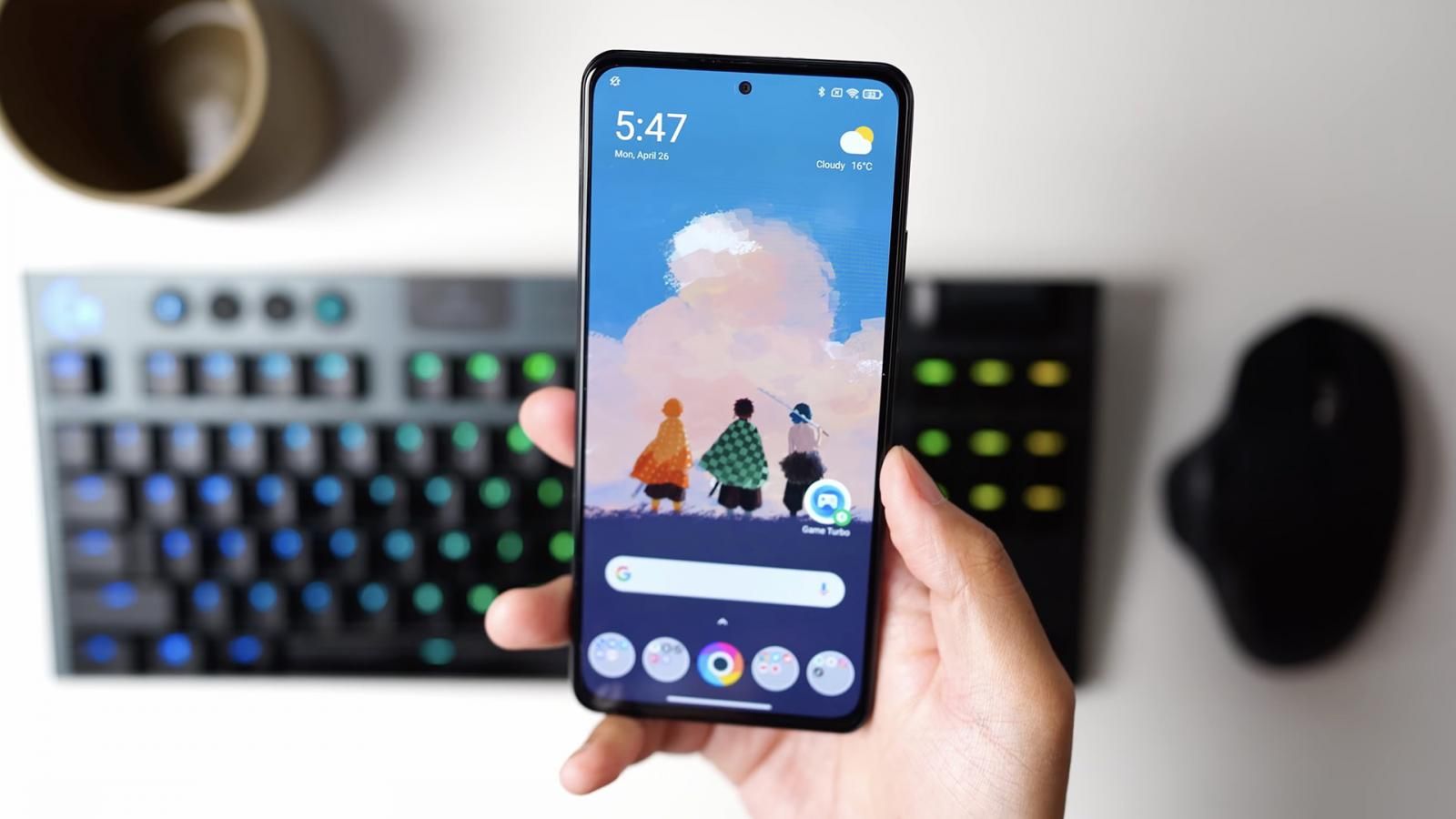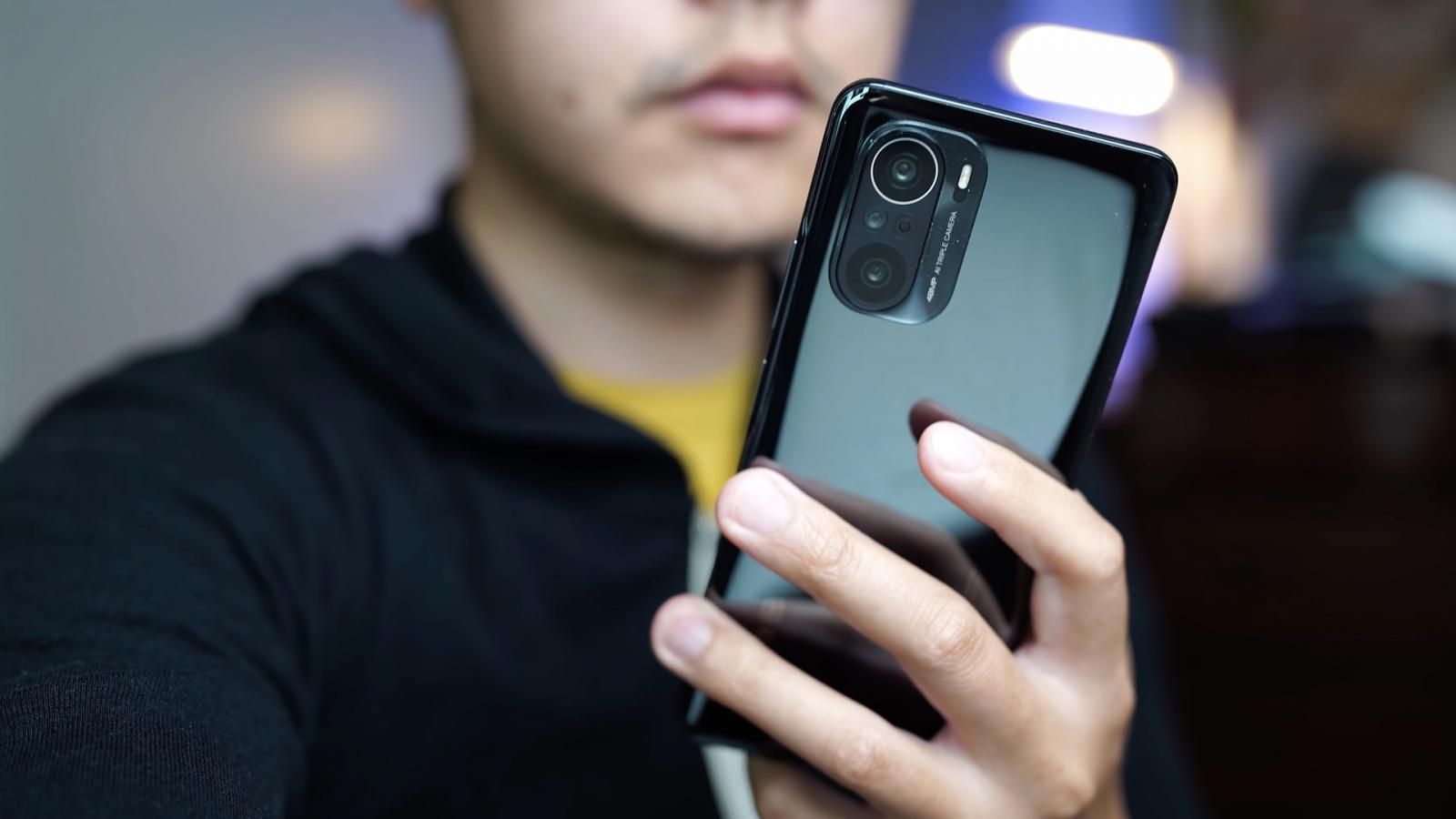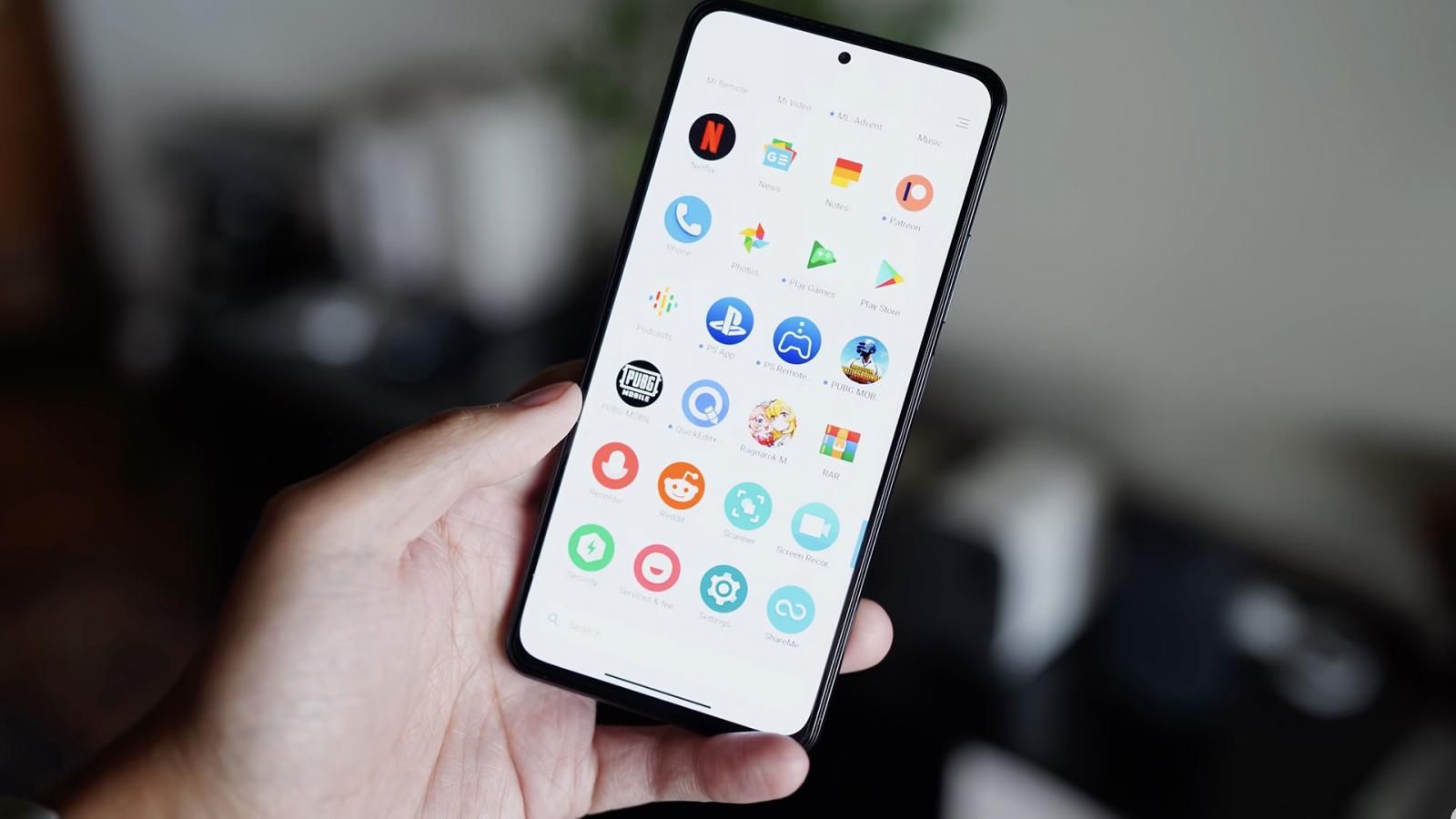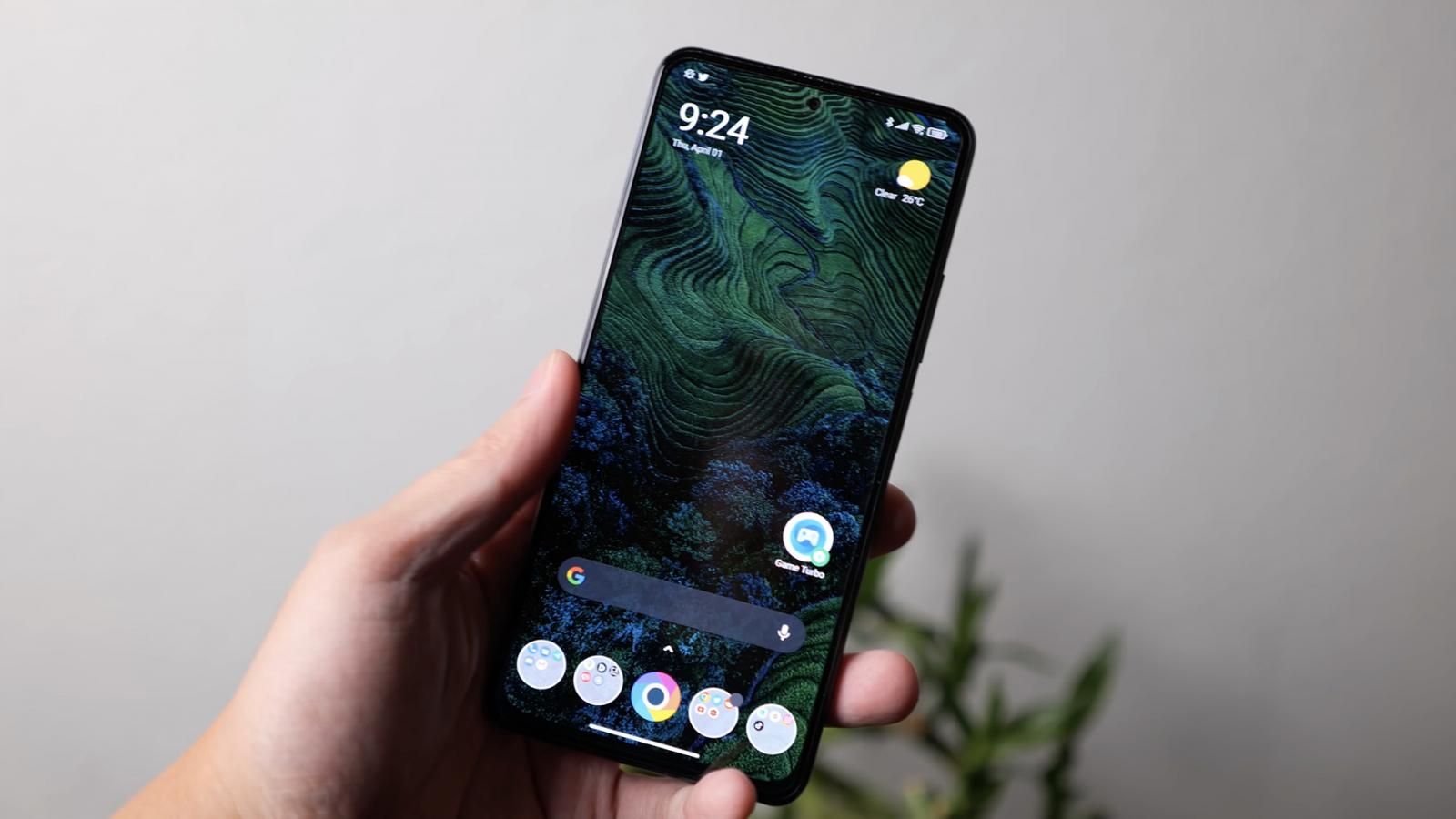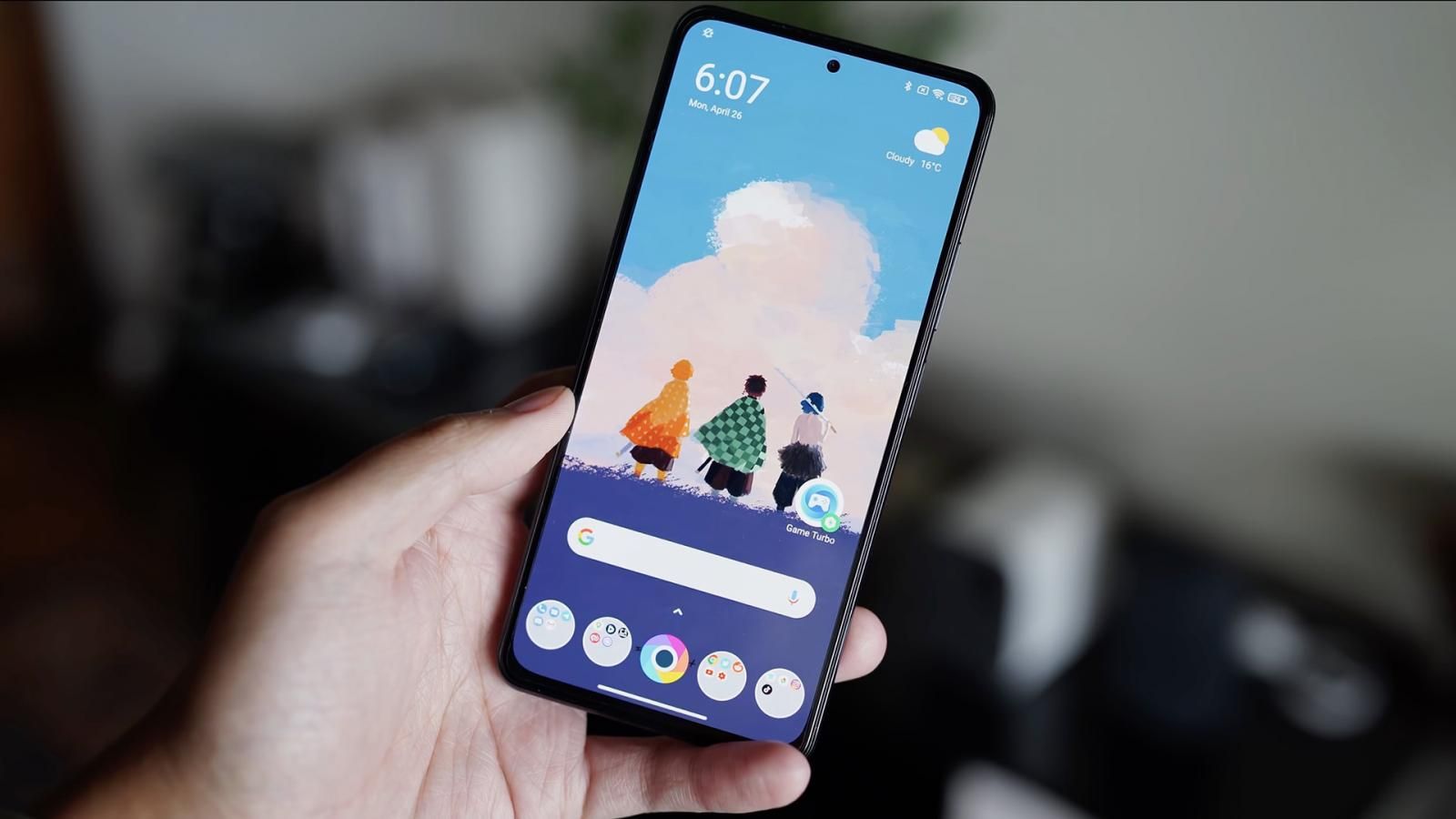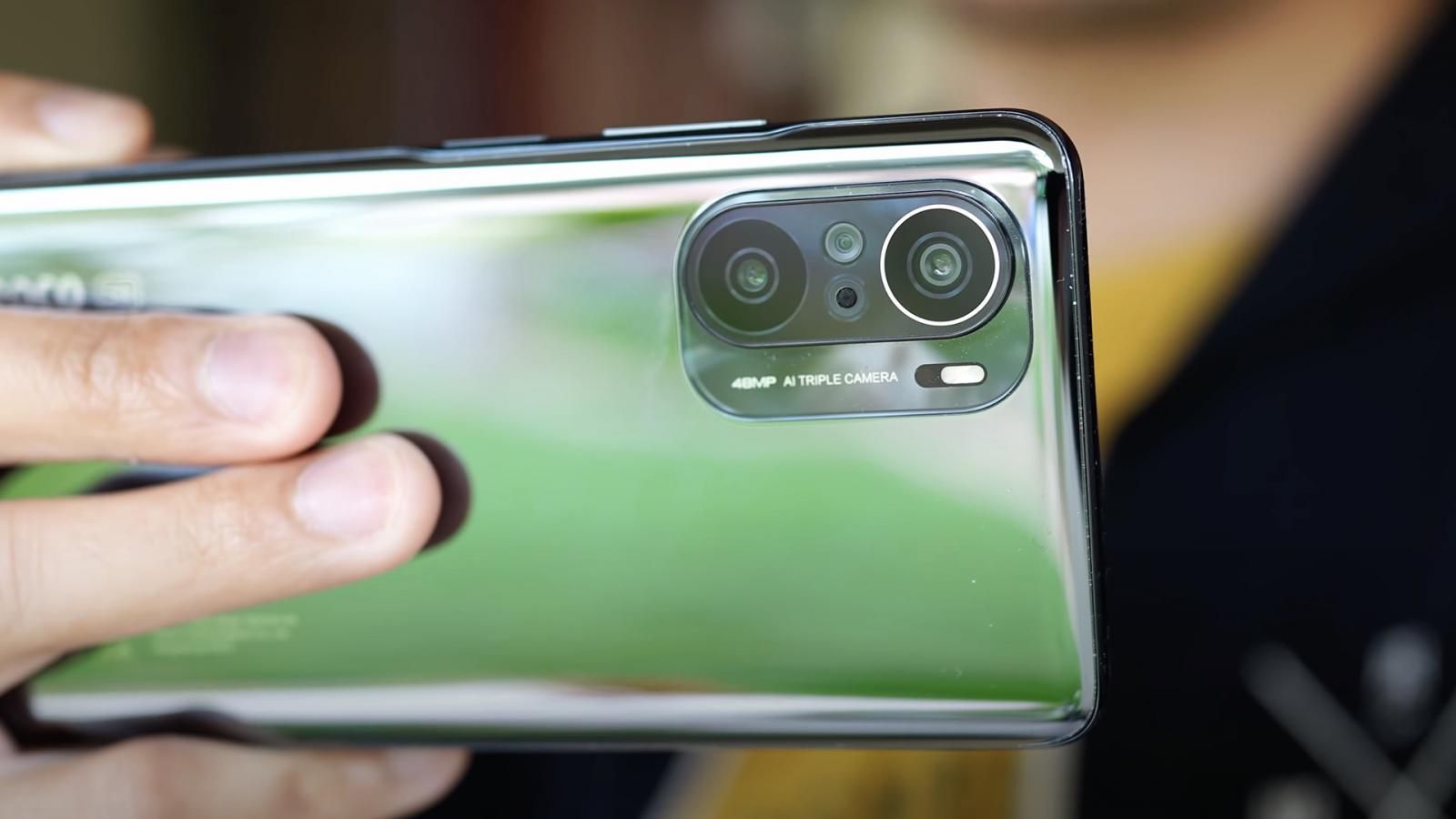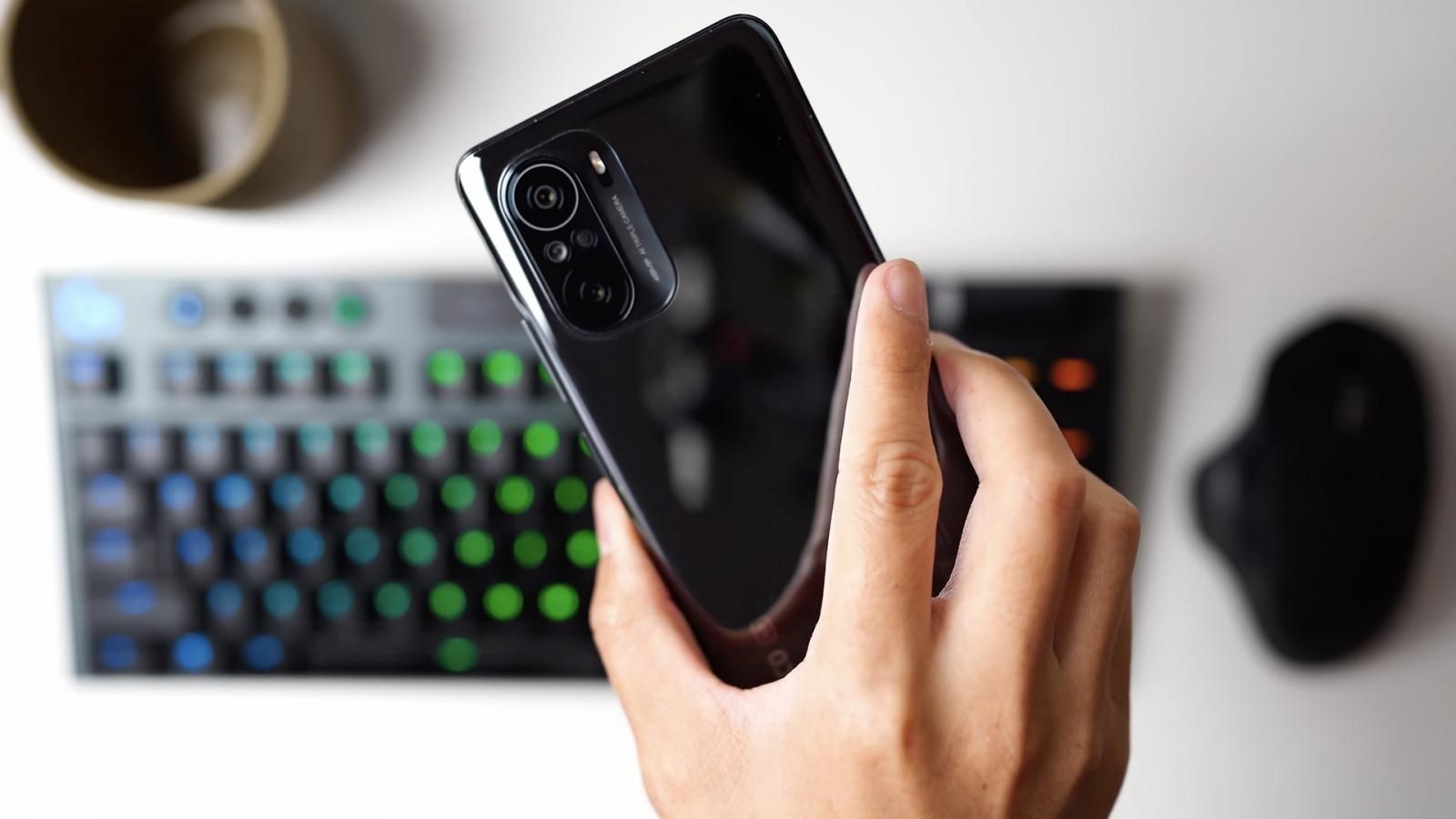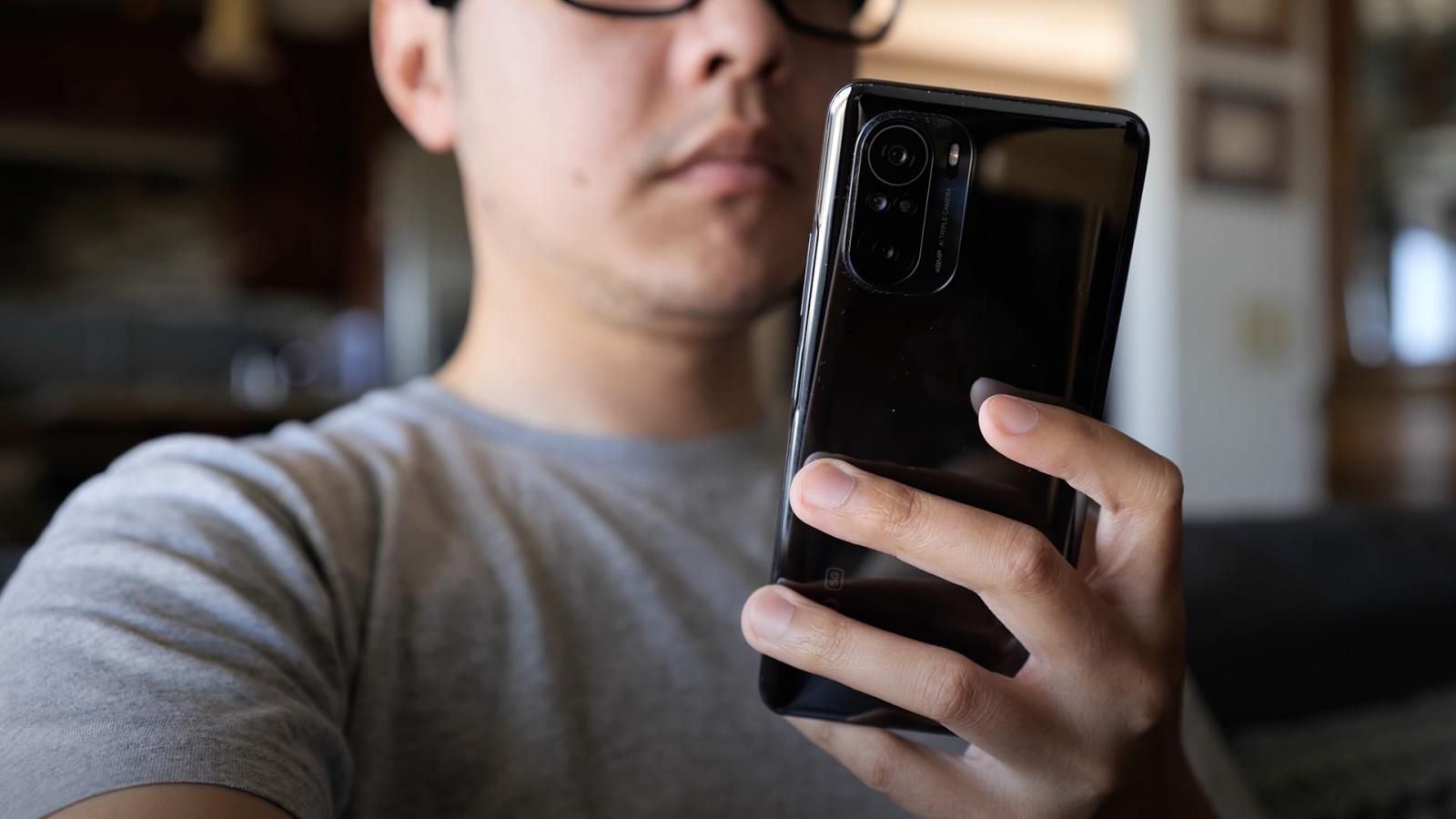We as tech reviewers and content creators get asked very often what kind of smartphone is the best — and we never have any one answer. It almost always comes down to us responding with our own question: “what is it that you prioritize from your smartphone experience?”
Often it seems like a hard question to answer, especially in an age when smartphones are trying to be powerhouses and everything to everyone. But one company has been illustrating what products can look like when you prioritize and optimize some features over others. But here we might have the most compelling example of what that philosophy entails. This is our POCO F3 review.
Third time’s a charm
If you’ve followed POCO over the years, you will know what to expect from the latest in the F line. After all, the first Pocophone F1 was a deliberate appeal to people who wanted high-powered internals but weren’t too pressed on the aesthetics.
POCO themselves make it clear they know you might put a case on this, so a bit less effort on the design front was needed, which could further bring down the price. But I have to admit that while that philosophy definitely remains, the POCO F3 is quite the step forward in the company’s design.
The F3 is delightfully thin, managing to pack in quite a few good points in a body that is sleek and pretty attractive. The fact that the phone is thin means any cases you put on it, like the included clear case, will add to the ergonomics and keep from making things too bulky. I like that it’s a clear case too — despite my unit having a typical glossy black backing made of Gorilla Glass, I still like the look overall.
POCO made a couple of other colors of the F3 that stand out more, including that blue edition that puts a bit more flair around extra branding. If anything, the phone gives me some Galaxy S20 FE vibes with its flat display, center punch hole camera, and comfortable curve on the backing.
POCO F3 specs
Subtle touches like having a proper power button that still has a fingerprint reader in it are appreciated — while I never really thought about the difference, I’ll admit that feeling for the real power button is a win for tactility. Finally, the display is quite large at 6.67 inches, meaning there is plenty of room for all of the media and gaming that you might do here given the internals.
And that’s really the biggest story with the POCO F3 — the powerful spec sheet. So let’s just go through all of that now. The F3 sports the Snapdragon 870, the processor that lands under the top of the line Snapdragon 888 but is still a step up from the well-regarded Snapdragon 865. It’s great to see that there is increased nuance in performance processors, because it means that manufacturers like POCO have plenty of choices of what to use, without much fear of sacrificing much in terms of speed and reliability.
Think of it as an RTX 2070 instead of a 2080 — you know you’re still going to have a good time even if you’re not rocking with the absolute best. So it’s no surprise that the Snapdragon 870 is a proper workhorse, taking everything that you can throw at it, including high-performance gaming. I even played a bunch of different games in a bunch of different ways without issue whatsoever.
Couple the heart of the POCO F3 with some supporting specs like up to 8GB of RAM and up to 256GB of storage, and nearly every type of typical smartphone user will have enough room to get work done, watch a ton of stuff, and comfortably play all of the games available in the Google Play Store in the foreseeable future. The heart of this phone is really its main draw, and POCO continues to give it the right attention.
Cutting just enough
The other layer to that attention is making sure their offerings are affordable. POCO prices this phone at around $400 US, which again begs the question of ‘what do you prioritize the most?’ Well, POCO paints the picture for you and all other manufacturers as to what the answer could be.
Let’s start with the display. It’s a large but vibrant AMOLED display that isn’t QuadHD resolution. Most of you out there won’t mind, and for everyone else, when you remind yourself of the price, it makes perfect sense. A higher resolution is a norm in high-end smartphones, but as POCO’s flagship, the F3 doesn’t see it that way — instead, the company puts more focus on the AMOLED offering because it is not something you get in the other phone they released, the X3 Pro.
AMOLED helps MIUI achieve always-on display capabilities on top of making nearly all viewing enjoyable. The other specific inclusions include the 120hz refresh rate, which makes the experience silky smooth in both interface and gaming. Speaking of gaming, 360hz touch sampling ensures that you have accurate and ultra-responsive results when playing. All of this is to say that the display has just enough of what you could call luxuries stripped away while leaving a clear picture of what many users will find essential to their viewing and touch experience. Sure, you can look past all of this give and take and strive for even high-powered displays, but then the price will go up in a hurry.
Admittedly, there are a few other places where the cuts get a little deeper. POCO did away with the headphone jack, opting for the USB-C adapter route. Thankfully, the speakers are quite good, as the F3 has a stereo setup via the grills on the top and bottom. The onboard storage is fixed without an SD card slot.
The 4,520mAh battery, which actually gave me impressive runtimes, is charged by an included 33W fast wired brick and cable — however, wireless charging is completely omitted. Another luxury, sure, but still something worth noting. These are all things you have to consider when looking at the POCO F3 — your priorities might set you on a different path with a completely different price point, but I think POCO did a great job of creating a package of essentials that make us all question just how much we actually need certain features or luxuries.
Making MIUI look like my UI
Some thoughts on the software before we get to the place where POCO definitely and famously dials things back. MIUI, with the POCO Launcher, in this case, is more or less business as usual — but that’s in terms of MIUI’s recent developments and in the scope of other Android iterations.
What was once a convoluted and rather overwhelming package of features and design choices is now easier to fathom, at least on the surface. The home screens even bear Google Discover as the extra screen and the many different features MIUI touts are easily accessible but mostly tucked away.
And then you start digging — the robust AoD customizations are always welcome, the notification center and quick settings can actually be split now depending on which side from the top you swipe down from, and the robust theme store makes it easy to really change up the look if you want to get creative. One feature I’ve personally used a ton is floating windows, through which I shrunk certain apps like Telegram and put them in the corner while playing games or watching media. It’s a key feature in the Game Space layer, after all, which gives players access to performance monitoring, game recording, and more.
MIUI still comes with its many extras, including preinstalled games and applications which take some time to remove. And every time you install something from the Play Store, MIUI’s security layer performs a scan and will serve you an ad if you haven’t turned that off yet. Indeed, MIUI is still a service-forward operating system, which might bother some people who don’t want to be fed suggestions or recommendations across portions of the interface. But with some time and a little work, MIUI can be as simple or as showy as you prefer.
Shutterbugs, look elsewhere
Okay, that brings us to the camera, which can be summed up pretty simply: this is not a package for people who think the cameras make or break the value of a smartphone. That’s not to say the POCO F3 is bad at taking photos and videos, it’s just not going to hold a candle to top-tier smartphones whose cameras get an hour of presentation time during events.
True to current norms, the POCO F3 sports three rear cameras — the main sensor is a 48MP shooter while the supporting sensors are an 8MP ultra-wide and a 5MP macro. Obviously, the best results come from the main sensor, which will do well in good lighting situations as most phones do. Binning brings the results down to 12MP photos, which are also helped along by HDR and post-processing.
All of this lends to decent lower light photos, too, before you move over to the actual dedicated Night Mode. The other sensors are decidedly lesser experiences, with the ultra-wide providing the dramatic looks but far less detail and quality. And finally, the macro lens is a novelty shooter that gets you close to subjects and fairly decent results as long as you have a really steady hand.
So, clearly, this is not a phone for avid smartphone creators — instead, it’s the example of the axiom ‘the best shooter is the one on you.’ When you do need to get a quick shot or a memory, you have a capable main shooter that won’t excel in quality or resolution but will get you that snapshot or simple video. That also goes for selfies via the 20MP front-facing shooter.
There will be no 4K, or perfect portrait cutouts using this smartphone, but I would venture to say many of you watching this will be okay with that — besides, if high creation was your first need, you probably already knew not to look toward POCO for it. Casual creatives — maybe those who do enjoy their social media from time to time — can have a good time with the POCO F3, since MIUI’s camera app does afford this shooter plenty of options for having fun, including dual video recording, the clone mode, and the recently introduced Movie Effects. The camera might not be the best, but again — that was never meant to be the point.
Short expense for the long term
The point, then, was to make a phone that was compelling enough in all the right ways to appeal to the most common type of user — the one looking for a balance between everyday work or enjoyment and the price.
Every phone manufacturer has its ways of tackling this equation, and often it’s at the expense of the overall performance. But those phones around this price point often go obsolete quickly in multiple spec departments, especially the camera. It seems POCO sought to just embrace that truth and make sure that their flagship phone can still be one you can rely on years from now since the powerful Snapdragon 870 is sure to handle all that Android demands of it for years to come.
Other phones with midrange processors, less active software development, and even more dialed back specifications will require a replacement once their essentials begin to show signs of slowing down. And that’s all before the cameras even factor in. The POCO F3 is far from the perfect phone, and that was by design — because it might be the perfect example of the phone to get when the balance of high performance and low price outweigh everything else.

